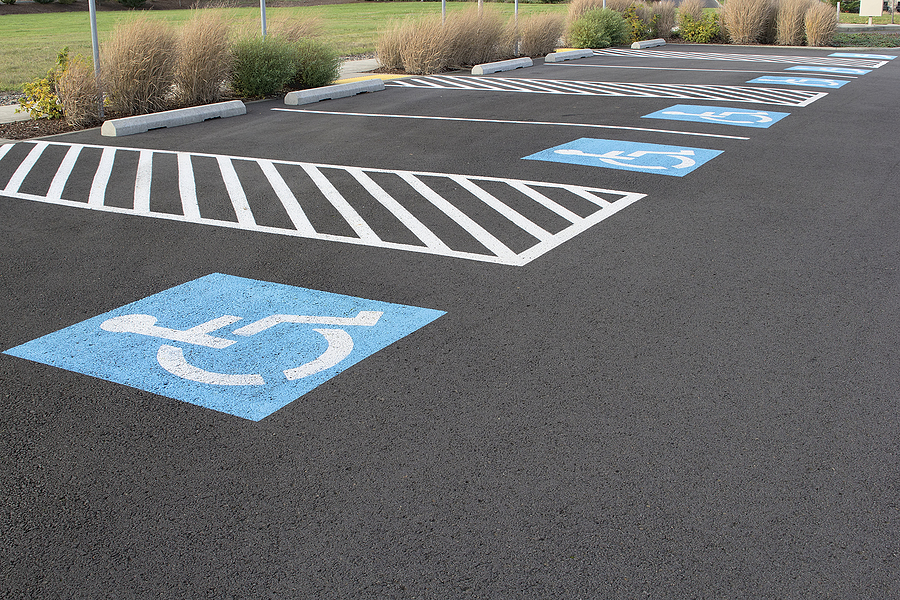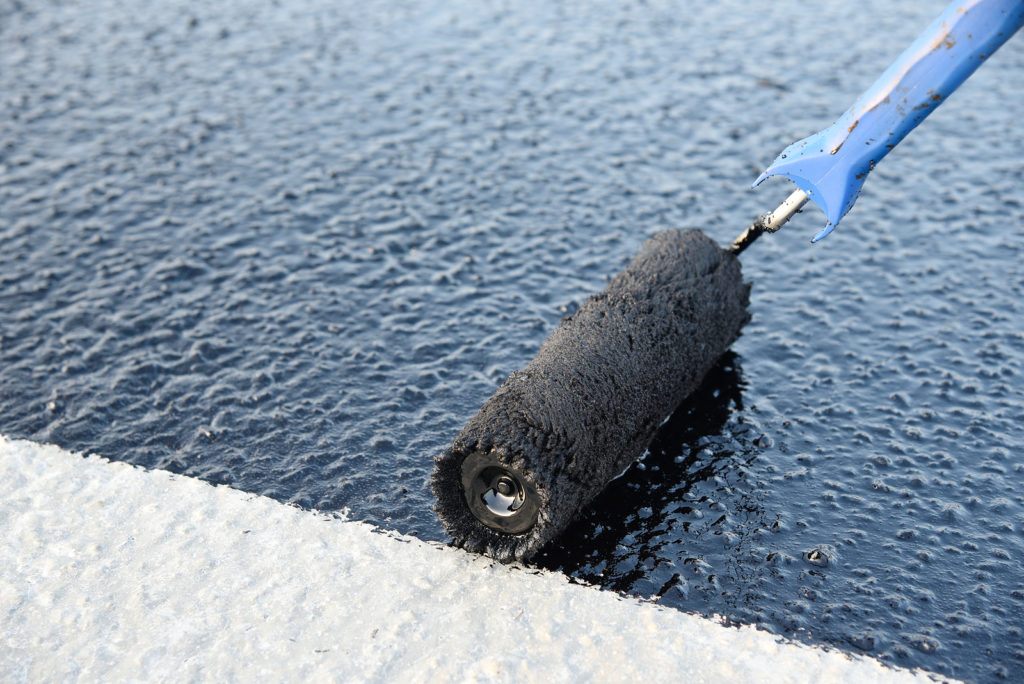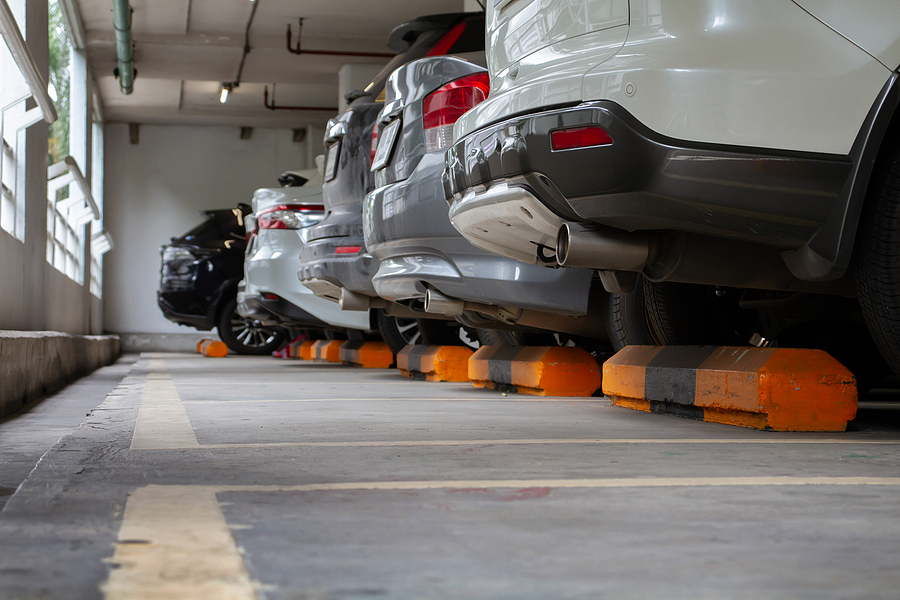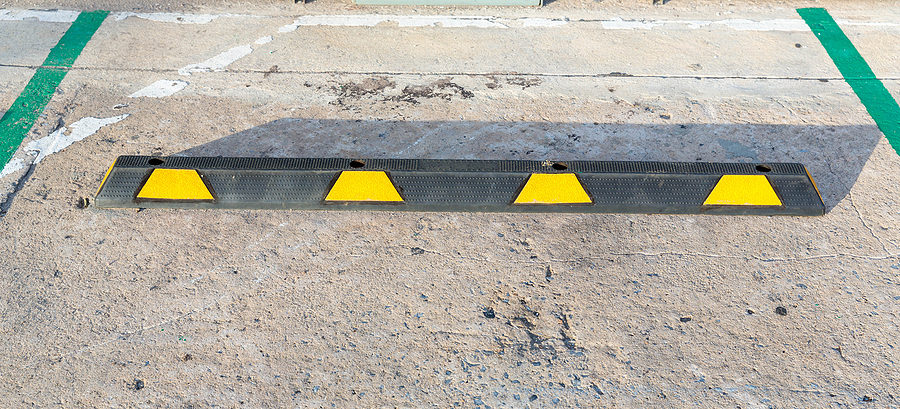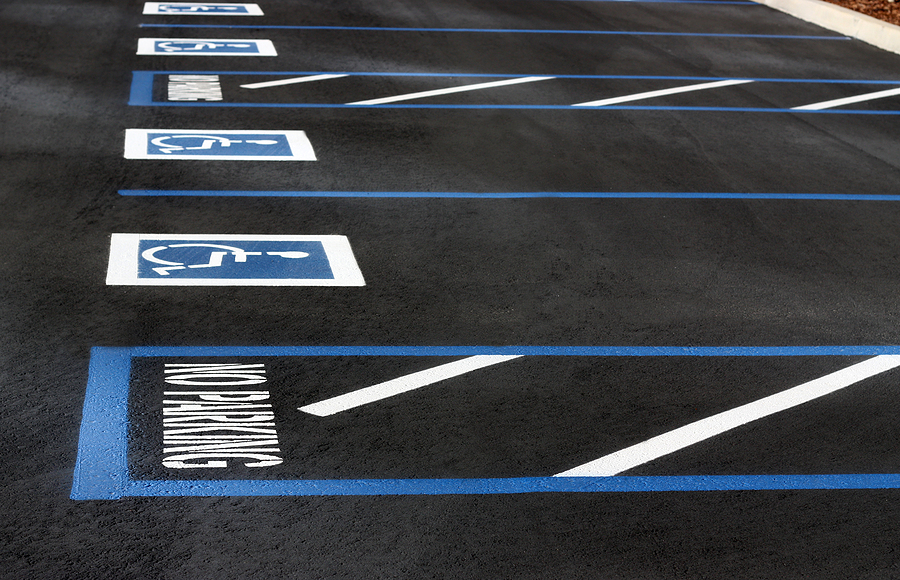A well-maintained parking lot and sidewalk do more than just improve your property’s appearance; they create a safe environment for everyone who visits. For property managers and owners, overlooking small cracks or uneven surfaces can lead to significant problems, including costly pedestrian accidents and legal issues. Understanding how to identify, repair, and prevent these hazards is essential for protecting your visitors and your business.
This guide will walk you through common trip-and-fall hazards found on commercial pavements, explain the importance of timely repairs, and provide practical solutions for maintaining safe surfaces. By taking proactive steps, you can ensure your property remains welcoming and secure for employees, customers, and tenants.
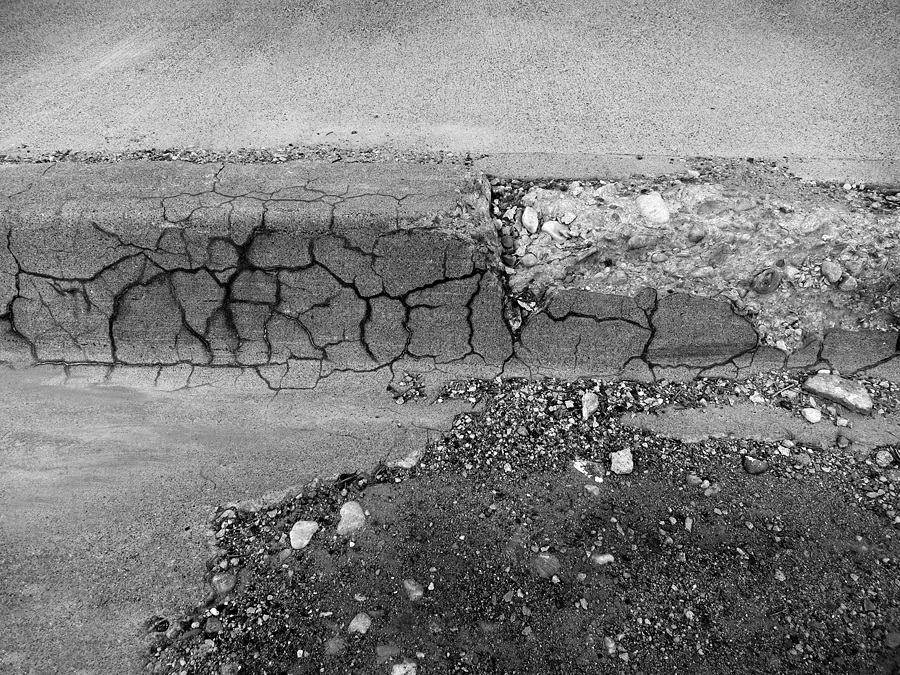
Common Trip-and-Fall Hazards on Commercial Pavements
The first step toward pedestrian safety is knowing what to look for. Even minor defects can pose a serious risk. Regular inspections of your parking lots and sidewalks will help you spot these common issues before they cause an incident.
Cracks
Cracks in asphalt and concrete are one of the most frequent problems. They can start small but quickly worsen due to weather, traffic, and time. Large or deep cracks can easily catch a shoe, leading to a fall. They also allow water to seep into the pavement’s foundation, causing more extensive damage over time.
Potholes
Potholes are bowl-shaped depressions that form when the surface of the pavement breaks down. They are a significant trip hazard, especially when filled with water or hidden by shadows. Potholes not only endanger pedestrians but can also cause damage to vehicles.
Crumbling or Deteriorated Curbs
Curbs are the raised edges of a sidewalk or road that separate it from the street. They provide physical barriers to prevent pedestrians from stepping into traffic. When curbs start to crumble or deteriorate, they become less effective in protecting pedestrians and can lead to trips and falls.
Uneven Surfaces
Shifting ground, tree roots, or improper installation can cause sections of concrete or asphalt to become uneven. A height difference of as little as a quarter of an inch can be enough to cause someone to trip and fall. These heaved or sunken slabs are particularly dangerous and are a major focus of premises liability cases.
Inadequate Lighting
Poor lighting in parking lots and along sidewalks can make even small hazards difficult to see, especially at night or during bad weather. Dark areas can hide cracks, potholes, and changes in elevation, increasing the risk of pedestrian accidents. Proper illumination is a critical component of pedestrian safety.
Why Timely Sidewalk and Parking Lot Repair Matters
Neglecting pavement maintenance is not just an aesthetic issue; it has serious legal and financial consequences. As a property owner in Indiana, you have a legal duty to maintain a reasonably safe environment for visitors. This concept, known as premises liability, holds you responsible for injuries that occur on your property due to unsafe conditions.
Ignoring a known hazard can be considered negligence, opening your business up to lawsuits. The financial impact of a single trip-and-fall accident can be substantial. Furthermore, businesses that implement regular maintenance and safety inspections can reduce their liability by up to 80% (source: OSHA). Proactive parking lot maintenance isn’t just about safety—it’s a smart financial decision that protects your assets.
Schedule a Pavement Repair Assessment Today! ✅
Practical Repair Solutions
Addressing hazards promptly is key. Fortunately, many effective solutions are available for common pavement problems.
For Cracks
Minor cracks can be sealed to prevent them from growing. A high-quality concrete crack filler can be applied to clean, dry cracks. This prevents water from penetrating the surface and causing further erosion. For larger or more extensive cracking, professional commercial paving assessment may be needed to determine the underlying cause.
For Potholes
For a quick and effective fix, a cold asphalt patch is an excellent option. This material can be applied directly into a clean pothole and compacted to create a durable, level surface. For larger areas or longer-lasting repairs, using ready mix concrete (RMC) or hot mix asphalt may be a better choice.
For Uneven Surfaces
Self-leveling concrete is a fantastic solution for uneven concrete slabs. It spreads out to fill low spots and creates a smooth, flat surface. For more severe heaving, grinding down the higher slab or lifting the sunken slab (a process known as slab-jacking) might be necessary.
For Enhancing Safety
Once structural repairs are complete, consider adding finishing touches to boost safety.
- Anti-slip coatings can be applied to walkways to improve traction, especially in areas prone to getting wet.
- Using fresh, reflective paint for parking lines, crosswalks, and directional arrows improves visibility and organization, guiding both drivers and pedestrians safely.
A Proactive Approach to Pedestrian Accident Prevention
The best way to manage hazards is to prevent them from developing in the first place. A consistent maintenance plan is your best defense against accidents and costly emergency repairs.
- Regular Inspections: Walk your property at least quarterly and after severe weather events. Look for new cracks, water pooling, or any signs of wear and tear.
- Keep Detailed Records: Document your inspections, any repairs made, and the dates they were completed. This documentation can be crucial in demonstrating due diligence if an accident occurs.
- Address Issues Immediately: Don’t wait for a small crack to become a large pothole. Small, quick repairs are much more cost-effective than large-scale reconstruction.
- Manage Water Drainage: Ensure your drainage systems are clear and functioning correctly. Poor drainage is a leading cause of pavement deterioration.
Frequently Asked Questions
How often should I inspect my parking lot and sidewalks?
It’s recommended to conduct thorough inspections at least quarterly. You should also perform checks after significant weather events like heavy rain, snowstorms, or freeze-thaw cycles.
What are the first steps when I identify a hazard?
First, block off the hazardous area with cones or caution tape to prevent accidents. Then, document the hazard with photos and notes. Finally, contact a professional paving contractor to assess the damage and recommend a repair plan.
Can I do these repairs myself, or should I hire a professional?
Small repairs like filling minor cracks can often be a DIY task. However, for potholes, uneven surfaces, or extensive damage, hiring a professional is recommended. They have the right equipment and expertise to ensure a durable, safe, and compliant repair.
How can I ensure my repairs meet ADA compliance standards?
The best way to ensure ADA compliance is to work with an experienced contractor familiar with its requirements. They will ensure that accessible routes, ramps, and curb cuts meet specific slope, width, and surface standards.
What are the long-term benefits of regular maintenance?
Regular maintenance extends the life of your pavement, prevents costly liability claims, enhances your property’s curb appeal, and provides a safer environment for everyone. Proactive care is always more cost-effective than reactive repairs.
Final Thoughts
Maintaining safe parking lots and sidewalks is a fundamental responsibility for any property owner. By understanding common hazards, acting quickly on repairs, and following a preventive maintenance schedule, you protect pedestrians from injury and your business from financial risk. A safe property is a successful property.
If you’ve identified hazards on your commercial property, don’t wait for an accident to happen. Take the first step toward a safer environment. Contact us today to schedule a consultation and learn more about our professional parking lot and sidewalk repair services.
Related Post: Pothole Repair Guide for Parking Lots

